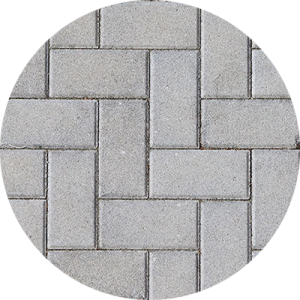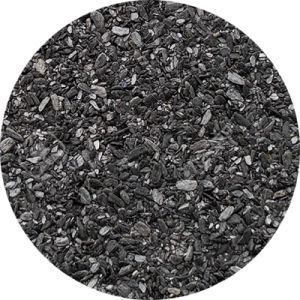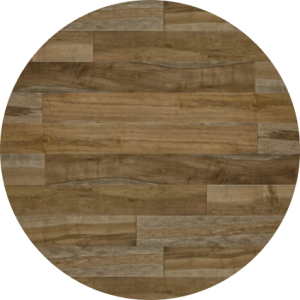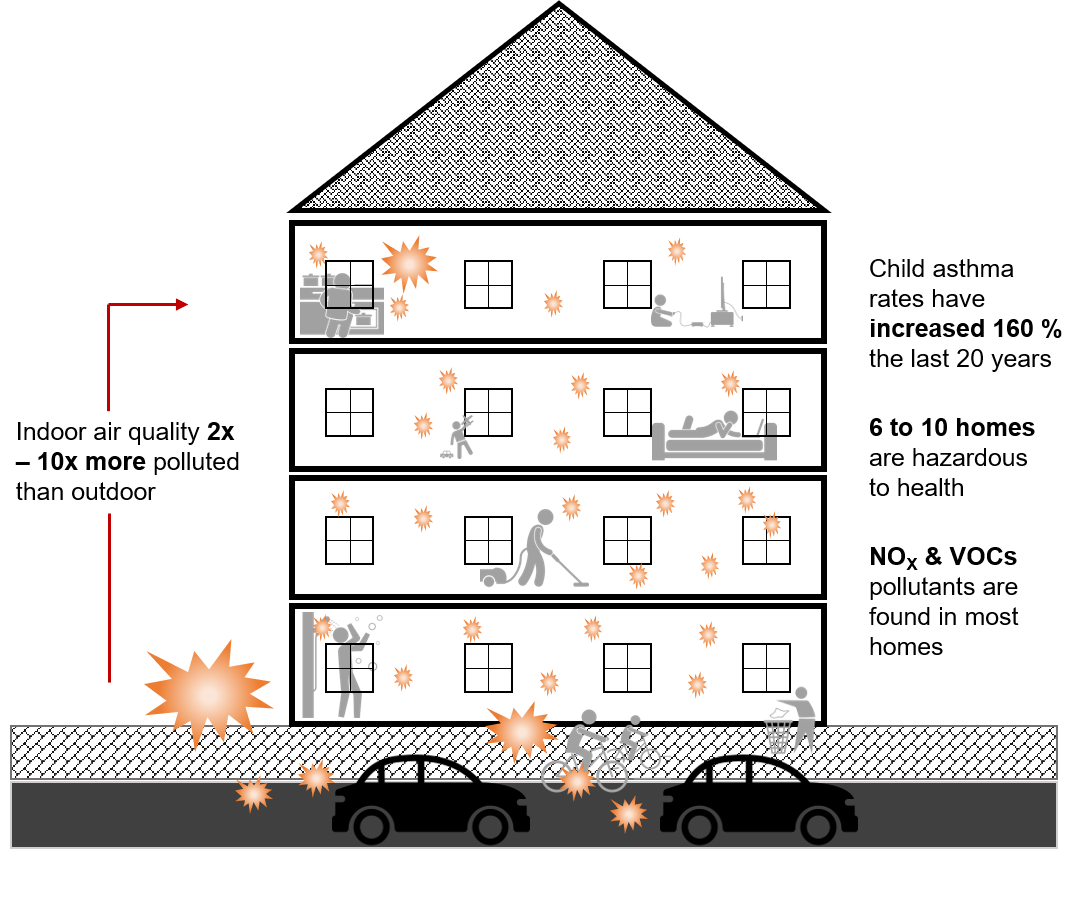Who are you?
The Architect
Imagine that the concrete projects you’re working on can serve as a giant air filter. This idea might push boundaries, but you wish to deliver innovative ideas based on the latest trends and technologies. To make beautiful and well-functioned spaces for the population is a part of your DNA. However, the environmental angle might be a part of the agenda in every step you make in the projects’ development process. Photocat can help your project to stand out. We have solutions that make it possible for you to include intelligent photocatalytic surfaces.
Let’s add valued climate functionality to your next project.
Why improve indoor air quality?
Poor air quality is directly linked to several severe illnesses: heart disease, stroke, chronic lung disease, cancer, and asthma. Especially children and elders are at risk. Air pollution causes ten times more premature deaths per year than traffic accidents.
“Cleaning the air we breathe prevents non-communicable diseases as well as reduces disease risks among women and vulnerable groups, including children and the elderly…” Dr Flavia Bustreo, WHO Assistant Director-General Family, Women and Children’s Health
Our living environments are becoming increasingly air-tight. This is positive, seen from an energy perspective. However, from an air quality perspective, it means we are locking in pollution from a variety of sources, such as building materials, furniture, paints, cooking, cleaning agents, smoking, and electrical appliances. These are well-known sources of NOx and VOC emissions. Some people spend up to 16 hours indoor daily, which make the quality of the air of critical importance
In addition to the indoor sources of pollution, a Danish study found that appx. 75 % of outdoor pollution made its way into city apartments in the center of Copenhagen.

Why improve
outdoor air quality?
Around 8 million people die prematurely due to air pollution worldwide (United Nations, 2016). In Europe the number related to premature deaths due to poor air quality is more than 400,000. Approximately 90 % of the world’s population is exposed to hazardous air quality and live in places where the WHO guideline limits for air quality are exceeded.
“As a society, we should not accept the cost of air pollution. With bold decisions and smart investments in cleaner transport, energy, and agriculture, we can both tackle pollution and improve our quality of life,” says EEA Executive Director Hans Bruyninckx
Photocatalysis reduces NOx when & where we are exposed
Our everyday movement and the quality of the air are correlated. When most of us do our routine commute heading forth and back to work or school, the traffic is heavy. Coincidentally, we are exposed to high levels of air pollutants such as e.g., NOx & SOx.
Photocatalytic fluid help reduce these harmful emissions.
How to implement in your next project
We deliver a photocatalytic solution with the highest standard. For the next tender you are involved in, we suggest you include a condition stating that the material is tested according to an ISO 22197-1. With this, you enforce that the building manufacturer delivers a product that holds a standard that effectively contributes to improved air quality.
An example of photocatalysis being implemented in a city is found in Barcelona:
Plan to improve air quality in Barcelona 2015 – 2018:
EL12 – Air purification using photocatalytic materials: Using construction materials with the ability to reduce atmospheric pollutants, such as NOx, PM10, benzene, and carbon oxides (Barcelona Regional. Agència Desenvolupament Urbà Gerència Adjunta de Medi Ambient i Serveis Urbans, 2015)
We recommend that architects, engineers, and other building professionals specify the following criteria:
- Building materials must be treated with an active photocatalytic dispersion of ultrafine titanium dioxide
- The applied ultrafine titanium dioxide dispersion must be environmentally friendly and should be water-based
- The building material must be photocatalytic and tested according to the ISO standard 22197-1.
Our everyday movement and the quality of the air are correlated. When most of us do our routine commute heading forth and back to work or school, the traffic is heavy. Coincidentally, we are exposed to high levels of air pollutants such as e.g., NOx & SOx.
Photocatalytic fluid can help reduce these harmful emissions.
SURFACES WE WORK WITH

Concrete surfaces

Bitumen membranes

Asphalt surfaces


